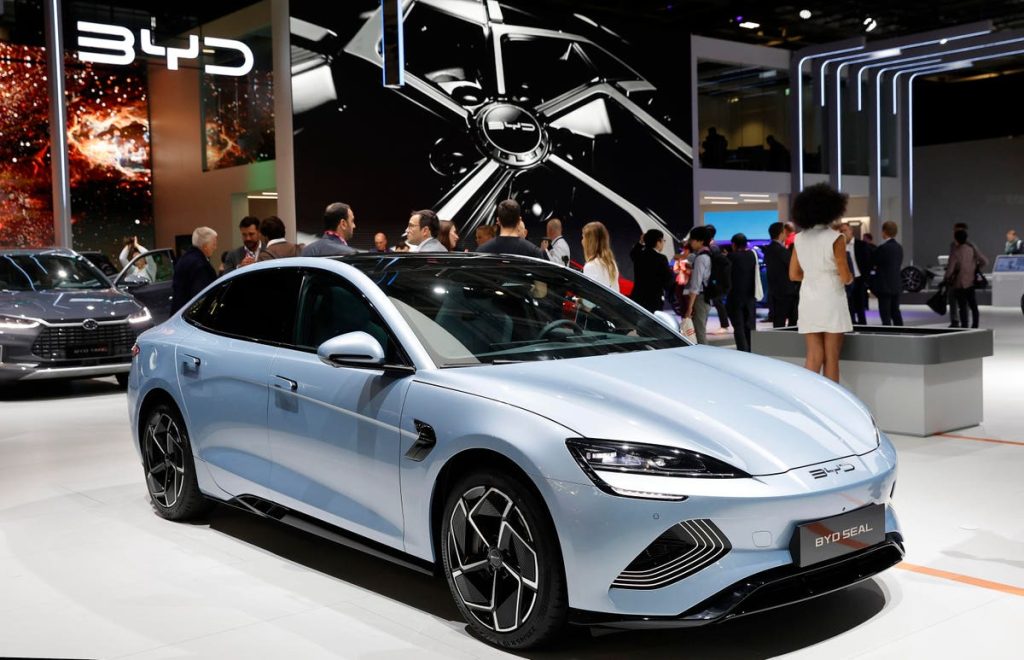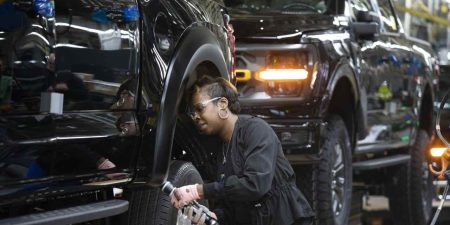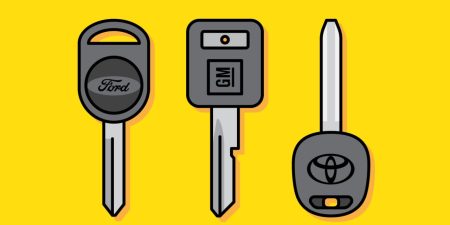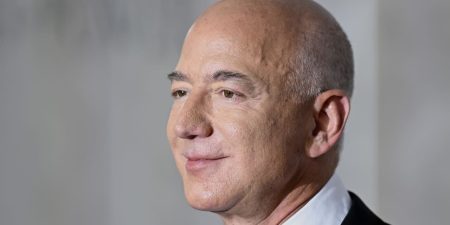Japanese and Korean carmakers took decades to build their presence in Europe, but Chinese automakers led by BYD are in a hurry.
The likes of Toyota, Nissan and Honda for the Japanese and Korea’s Hyundai and its Kia sibling tested the water with cheap and cheerful value cars with big warranties and gradually built a presence right across the price range. Only the German premium sector was able to resist.
But this new Chinese threat, pretty much all-electric and led by SAIC’s MG and now BYD, is much more ambitious and is probably giving Europe’s mass car makers like Volkswagen, Renault and Stellantis’s Peugeot, Citroen, Opel and Fiat brands the vapors. Chinese giant Geely Automobile Holdings will also be vying for leadership. Geely is already in Europe with its Polestar and Lynck & Co brands, and now the Zeekr upmarket all-electric subsidiary.
This time even the upmarket Germans like Mercedes, BMW, and VW’s Audi and Porsche are being targeted, although this huge profit margin sector where brand power is everything looks set to ward off the attack.
Early sales returns show remarkable success for Chinese in the lower to middle echelons of the market where prices range from €30,000 to €50,000 ($33,200 to $55,400) but data from Schmidt Automotive Research shows much sales resistance to Chinese attempts to breach the German citadels.
Schmidt Automotive said in the first half of 2023 in Western Europe, Chinese manufacturers sold 160,000 mainly battery electric vehicles (BEVs). Just over 75% came from MG. BYD, just beginning its European sales campaign, accounted for 1.9%. Schmidt Automotive said sales from upmarket brands like Nio, Xpeng and FAW’s Hongqi were barely noticeable.
“It appears that the market entry from the premium position will be a lot tougher for Chinese manufacturers than for its volume peers,” Schmidt Automotive said.
But the rest of the market had better watch out.
A report from investment researcher Evercore ISI points out how BYD, which stands for Build Your Dreams and in which legendary investor Warren Buffet’s Berkshire Hathaway has been a long-term investor, has come from nowhere to overtake Tesla as the world’s leading battery electric vehicle (BEV) manufacturer.
“For a long time, the EV industry has been viewed as ‘Tesla and everyone else’. However, over the last couple of years, this outlook has now shifted to ‘Tesla, BYD and everyone else’,” the report said.
In an interview, Chris McNally, Head of Automotive & Mobility Research at Evercore ISI, said China’s BEVs could account for up to 15% of the European market by 2030 and BYD could account for at least half of that or perhaps 500,000 EVs.
“China has taken the lead in affordable EVs and BYD is the global unit leader for EV/PHEVs. In Europe, it’s more a question of when and what share they will take, rather than if,” McNally said.
“BYD is an EU and emerging market expansion and is happening now, and the company should be a formidable competitor at the lower/middle end of the global EV market,” the Evercore ISI report said.
The report said BYD has grown spectacularly with sales accelerating from around $20 billion in 2018 to around $63 billion this year. BYD has made big profits at the same time, with 2022’s gross margin rivalling Tesla’s post-price cut level of about 20%.
“How has BYD accomplished this? BYD may be the most vertically integrated (manufacturer) on the planet, doing everything in-house from chips, software, and battery cells. On the demand side, BYD has a diversified product offering ranging from $10,000 to $15,000 entry-level Chinese EVs, mid-priced sedans/SUVs, up to $100,000+ performance sports cars and luxury models,” the report said.
BYD has just launched the ATTO 3 at £38,990 ($50,000) after tax in Britain. As well as this compact SUV, BYD is about to launch the smaller Dolphin hatchback and later this year the Seal, a Tesla Model 3 rival. It has also launched the pricey Han, a sporty sedan, and the big, 7-seater Tang SUV .
Bernstein Research points out that European complacency won’t last long when incumbents realize the strength of BYD’s challenge, not to mention the other Chinese manufacturers. The German premiums will be protected by their brand power though.
“European (manufacturers) continue to believe that new entrants will need 20+ years to establish a stable foothold in Europe. We fear that this leaves many of them underestimating the risk presented by Tesla and the Chinese (manufacturers),” Bernstein said in a recent report.
“BYD’s initial foray with the more premium ATTO 3, Han and Tang models obscures the full potential of its entry-level model line-up in Europe. We expect the BYD Dolphin and Seal to eventually be priced below €40,000 ($44,250), leading BYD to compete head-on with Volkswagen, Renault, Stellantis and Volvo’s new EX30, while potentially undercutting Tesla’s Model 3. We see BYD as less of a threat to European premium (manufacturers) who will be insulated by their brands and technology,” the report said.
The European Union has been accused of forcing its citizens to buy BEVs without apparently realising its manufacturers were at a competitive disadvantage to China.
European automakers have been left unprotected, and French manufacturers are the most exposed because they have a bigger share of the lower end of the market for BEVs. France has called for an EU inquiry to find out if China is guilty of dumping, or selling BEVs priced unfairly.
Professor Ferdinand Dudenhoeffer, director of Germany’s Center for Automotive Research (CAR) said BYD sold 1,256,000 vehicles globally in the first half of 2023, ahead of Tesla’s 890,000. BYD has an advantage over Tesla in China and emerging markets with weak charging infrastructure because it also sells plug-in hybrids (PHEVs). These are vehicles with smaller batteries with up to 50 miles of electric-only range, but which end “range anxiety” because of their combination with an internal combustion engine (ICE).
“BYD is now the true dynamic. BYD is increasing its profits, and although the margin is still below Tesla’s, the gap is melting. BYD has a huge advantage over Elon Musk because more than half of its vehicles are plug-in hybrids. This has great advantages in markets like China because gap-covering charging infrastructure cannot be found everywhere,” he said, in a report on Tesla’s first-half financial results.
“It seems to be a race between Tesla and BYD in the electric car market. Maybe similar to hare and tortoise, and BYD seems to be the tortoise,” Dudenhoeffer said.
Read the full article here















